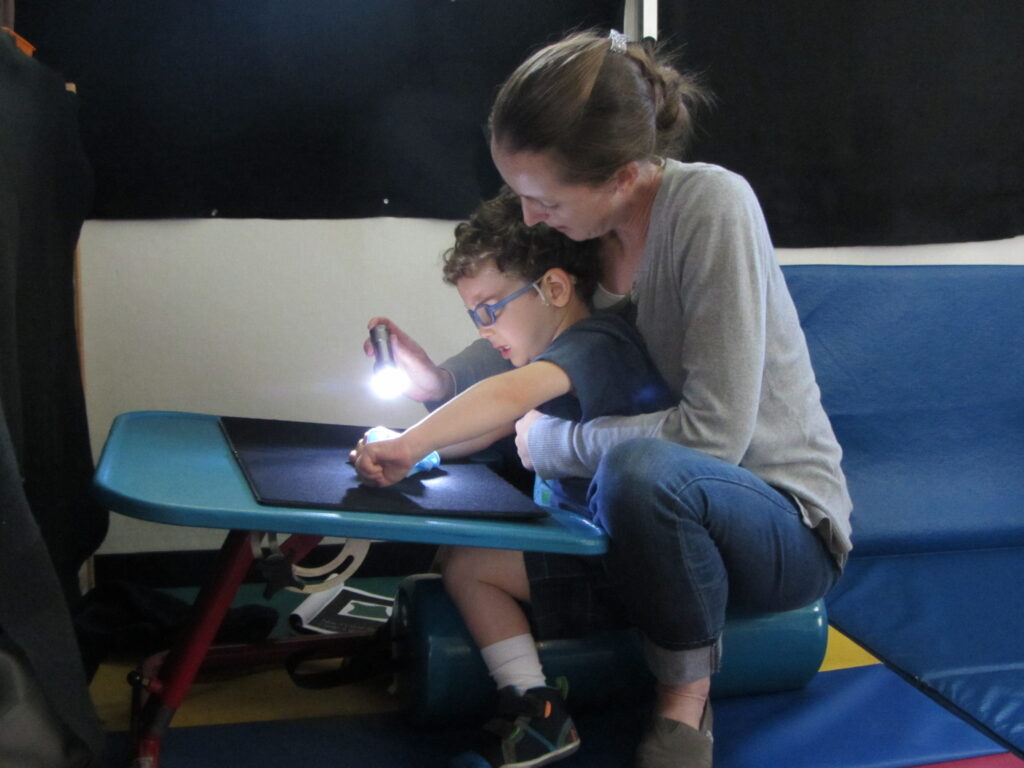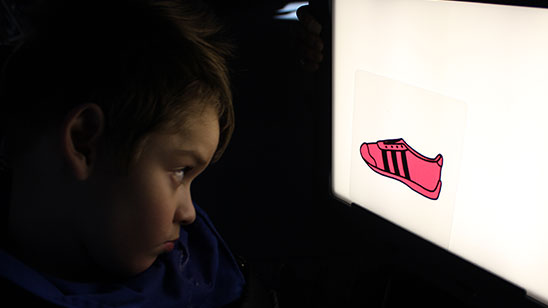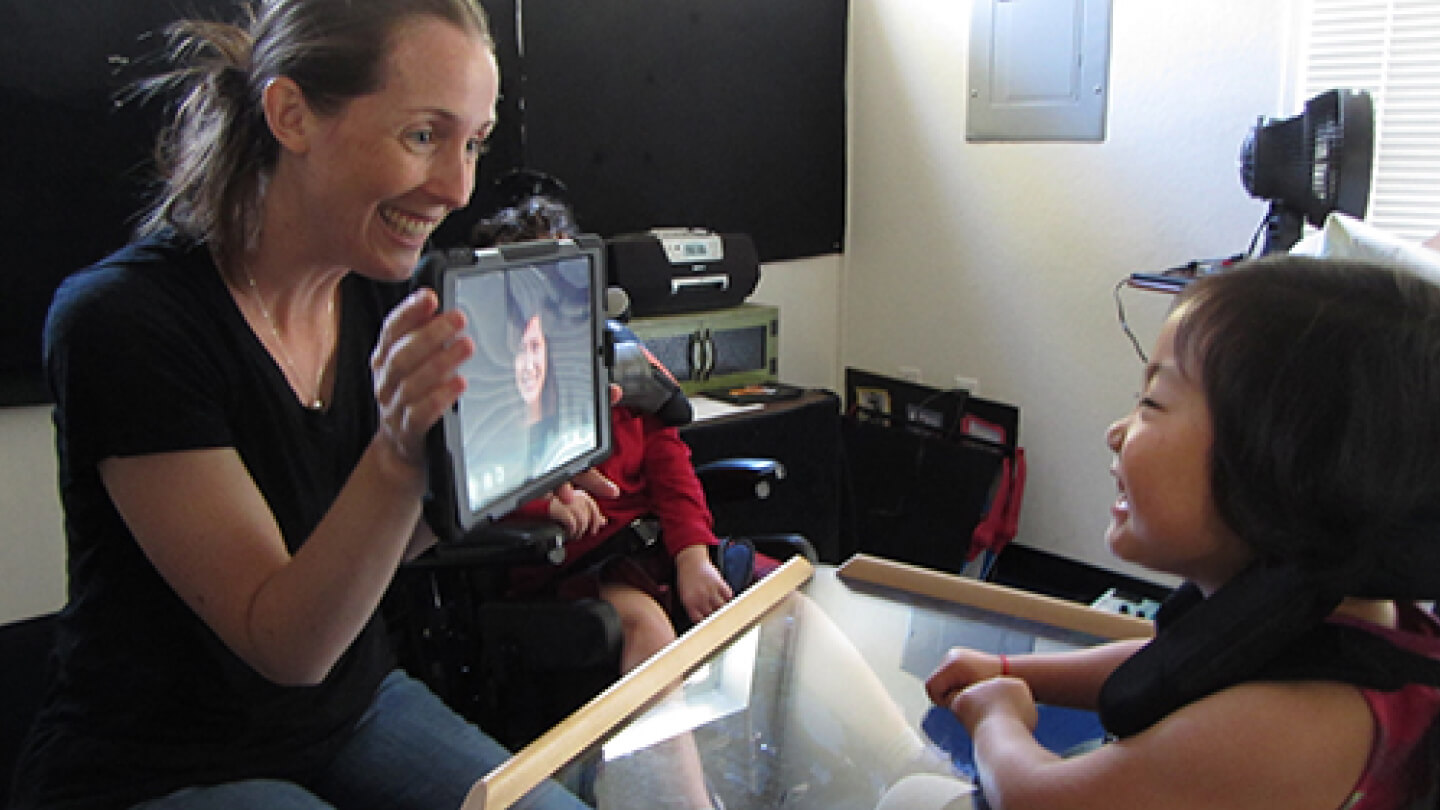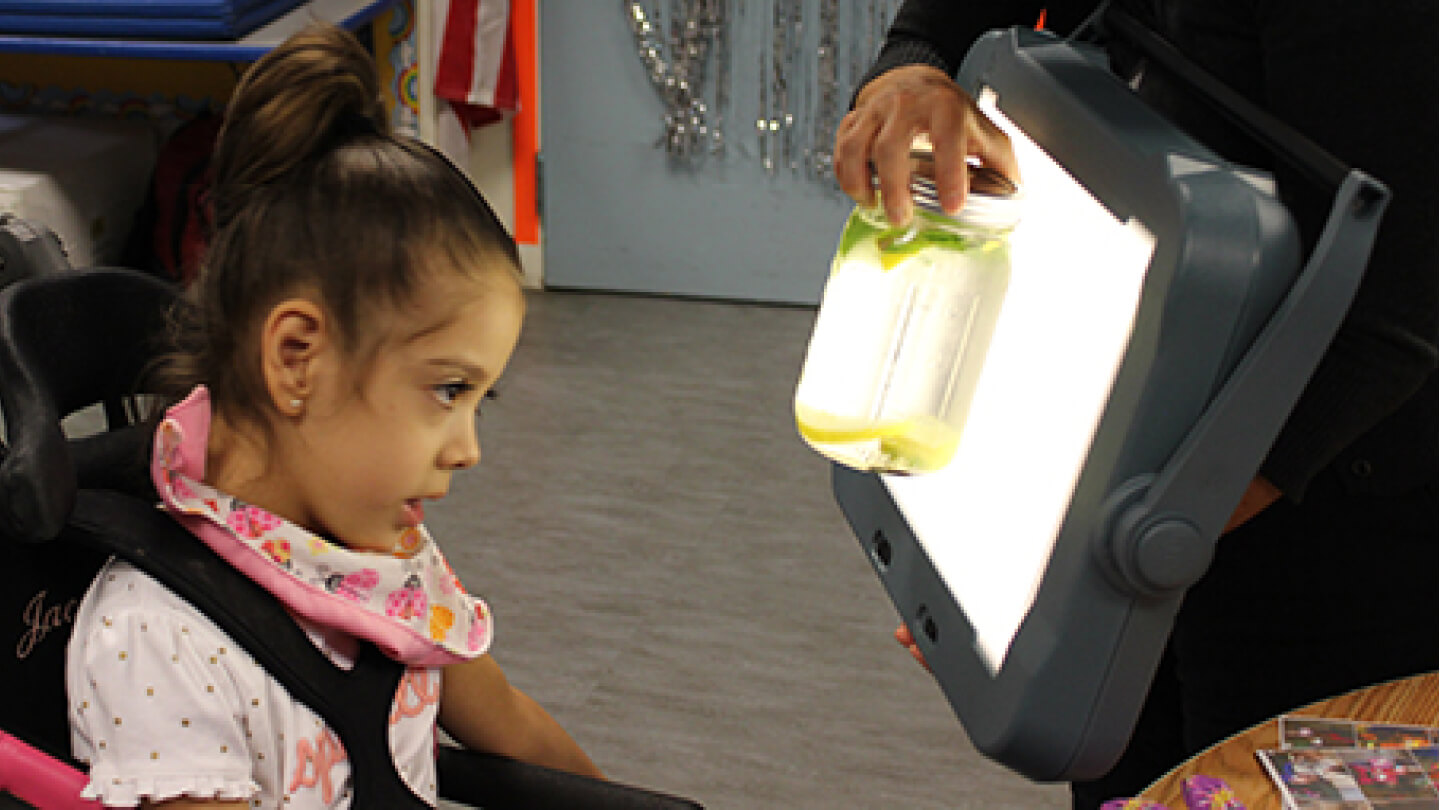CVI: Cortical Visual Impairment
Cortical Visual Impairment (CVI) is a major cause of low vision in children in the developed and developing world due to increasing survival in pediatric and neonatal care (Phillip & Dutton, 2014). CVI is also the most prevalent visual impairment for students at The Bridge School.
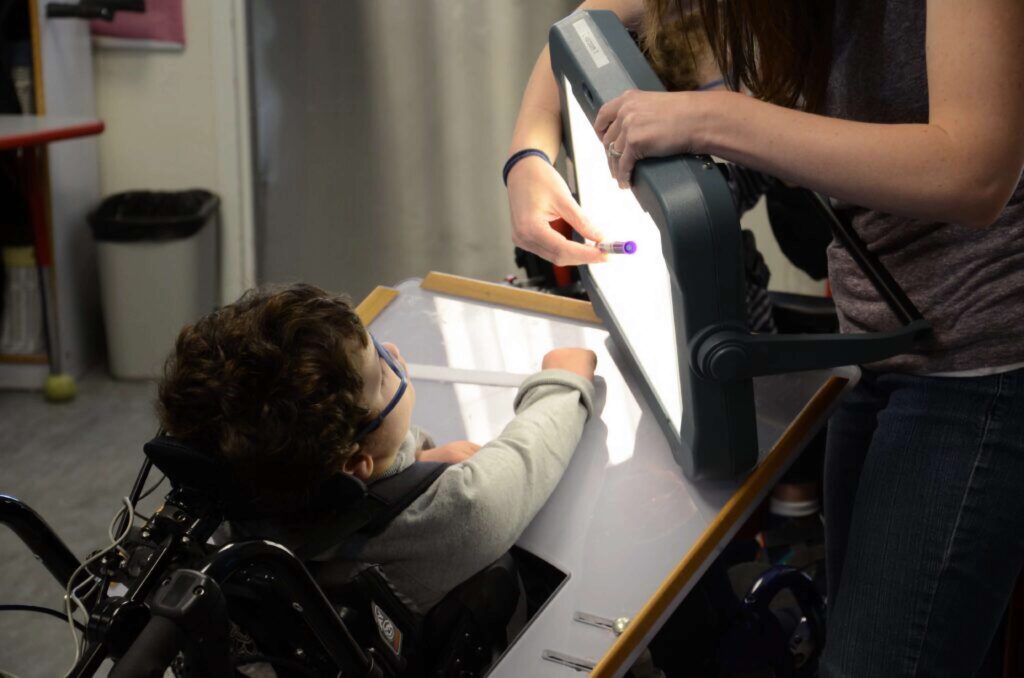
Programs & Events
Vision has a vast and profound influence on all aspects of learning and school participation
Shaman, 2009
LATEST NEWS
The Bridge School is excited to announce the AAC-CVI Framework, adapted from Penn State University……
The AAC-CVI Framework, which incorporates 13 years of experience integrating CVI information at The Bridge School. This framework also reflects personal experiences and insights from 11 years of working with a more heterogeneous population at CATIC in Mexico.
More…
Cortical Visual Impairment (CVI) is a major cause of low vision in children in the developed and developing world due to increasing survival in pediatric and neonatal care (Phillip & Dutton, 2014). CVI is also the most prevalent visual impairment for students at The Bridge School. Our students with CVI and Severe Speech and Physical Impairment (SSPI) have challenges that require specialized and appropriate vision accommodations that support them in meeting their educational potential.
Meeting the educational goals necessary to provide Bridge School students optimal opportunities for participation in areas of communication, education, and literacy, requires assessments and interventions that specifically address the unique needs of our students with CVI.
Working collaboratively with a multidisciplinary team involving vision specialist, Dr. Christine Roman-Lantzy, parents, doctors, OTs, PTs, vision clinics and teachers of the visually impaired, The Bridge School team of teachers and SLPs are guided in the ongoing creation and implementation of CVI educational materials, teaching strategies, and AAC and AT accommodations that support a Bridge School student’s development of language and communication within an educational setting.

